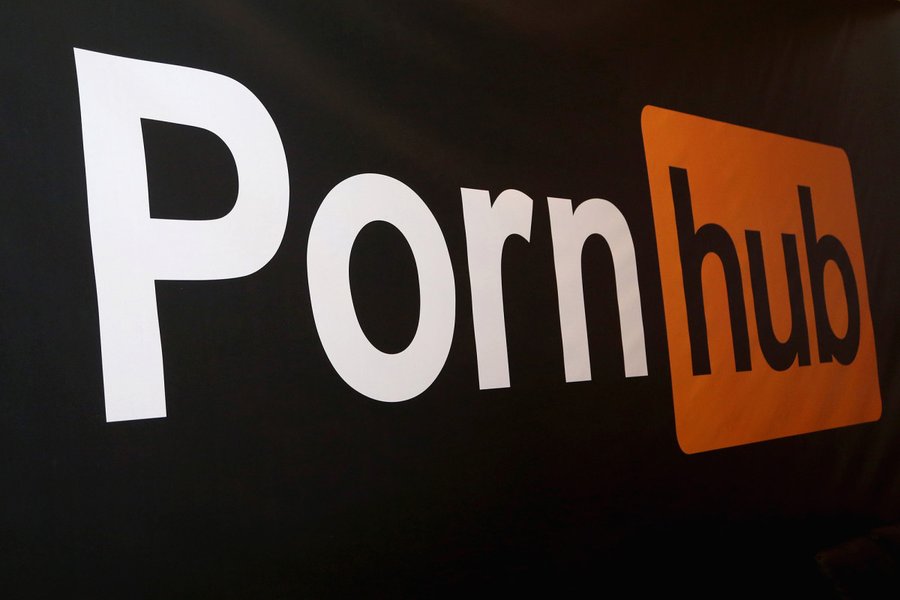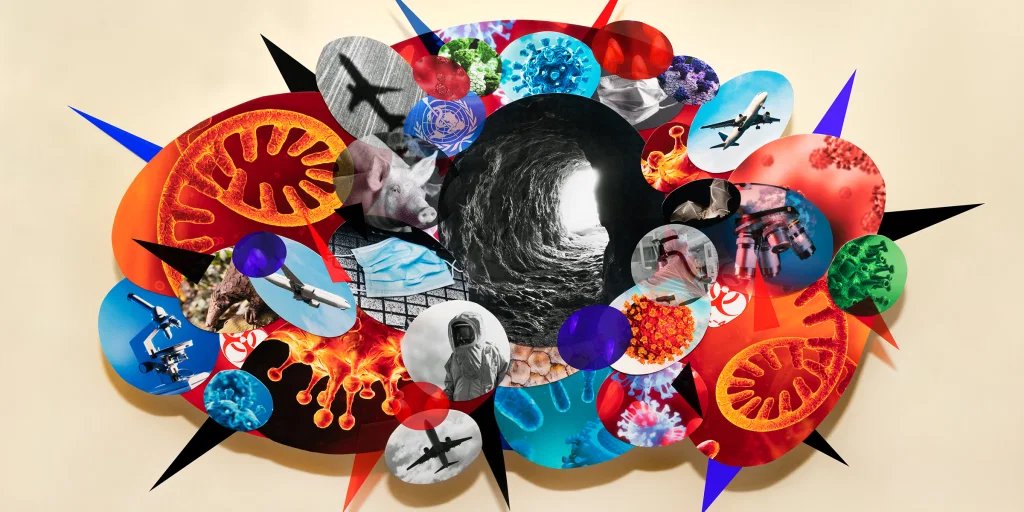On Nov 5, the Ministry of Environment and Food of Denmark announced the culling of all mink in the country, estimated to total approximately 17 million animals.
1
Ministry of Environment and Food of Denmark
COVID-19: all mink in Denmark must be culled.
The circulation of severe acute respiratory syndrome coronavirus 2 (SARS-CoV-2) had already been observed several months earlier, but the reason for the policy change was an alert from the Danish National Institute of Public Health, which found that viruses had spilled back from mink farms into the community, and that during the passage through mink the virus had accumulated mutations in the spike protein gene.
2
- Lassaunière R
- Fonager J
- Rasmussen M
- et al.
SARS-CoV-2 spike mutations arising in Danish mink and their spread to humans.
Spike mutations are scrutinised because the spike is crucial for docking of SARS-CoV-2 to human cells and therefore a key target for vaccines and therapeutic antibodies.
3
- Poland Gregory A.
- Ovsyannikova Inna G
- Kennedy Richard B
SARS-CoV-2 immunity: review and applications to phase 3 vaccine candidates.
Preliminary analyses suggested that SARS-CoV-2 isolated from mink in Denmark was less easily neutralised by antibodies in two of nine humans that had been infected with SARS-CoV-2 without the mutations. The effect was small but caused widespread concern in the media, suggesting that the vaccines under development would potentially be rendered useless.
2
- Lassaunière R
- Fonager J
- Rasmussen M
- et al.
SARS-CoV-2 spike mutations arising in Danish mink and their spread to humans.
Following review of the evidence, the European Centre for Disease Prevention and Control and WHO concluded that the risk for the population at large was not increased, but stressed the importance of surveillance at the human–animal interface and rapid exchange of information between virologists and epidemiologists to track possible viral changes that could be of concern.
4
European Centre for Disease Prevention and Control
Detection of new SARS-CoV-2 variants related to mink. Rapid risk assessment.
,
5
WHO
SARS-CoV-2 mink-associated variant strain—Denmark.
The example of Denmark is a warning: spillover of SARS-CoV-2 from humans to mink and minks to humans is not a new finding. It was first reported in the Netherlands in April, and since has been found in Spain, Italy, the USA, Sweden, and Greece.
4
European Centre for Disease Prevention and Control
Detection of new SARS-CoV-2 variants related to mink. Rapid risk assessment.
In most countries, the first infections on mink farms were identified through contact tracing following confirmation of COVID-19 in symptomatic humans.
Mink belong to the Mustelidae family, which includes ferrets that have been used as an animal model owing to their susceptibility to SARS-CoV-2.
6
- El Masry I
- von Dobschuetz S
- Plee L
- et al.
FAO animal production and health papers 181. Exposure of humans or animals to SARS-CoV-2 from wild, livestock, companion and aquatic animals.
Efficient transmission between ferrets has been shown in experimental infections, with spread to naive animals through direct contact but also through indirect airborne spread.
7
- Richard M
- Kok A
- de Meulder D
- et al.
SARS-CoV-2 is transmitted via contact and via the air between ferrets.
According to the European Centre for Disease Prevention and Control, Europe has an estimated 2750 mink farms and produces more than 27 million pelts per year. As farmed minks are kept in large groups and housed in pens in wire cages with bedding that generates a lot o
f dust, there is ample opportunity for transmission once the virus is introduced on the farms. Introduction and spread might go unnoticed as infected farms have been detected through serosurveys, suggesting that disease might be mild or inapparent, although upper and lower respiratory tract infection and symptoms have been documented as well.
8
- Oreshkova N
- Molenaar RJ
- Vreman S
- et al.
SARS-CoV-2 infection in farmed minks, the Netherlands, April and May 2020.
,
9
- Molenaar RJ
- Vreman S
- Hakze-van der Honing RW
- et al.
Clinical and pathological findings in SARS-CoV-2 disease outbreaks in farmed mink (neovison vison).
There is some evidence that susceptibility differs depending on breed, suggesting a genetic susceptibility factor that could be worth exploring. Once introduced, experience in Denmark and the Netherlands has shown that it might be difficult to stop transmission. Ongoing farm-to-farm transmission has been observed, and investigations are exploring the modes of transmission between farms.
10
- Bas B
- Munnink O
- Sikkema RS
- et al.
Transmission of SARS-CoV-2 on mink farms between humans and mink and back to humans.
The unbridled spread of an emerging virus in a new host leads to accumulation of mutations. Most farms in the Netherlands developed a farm-specific genomic signature that was then used to confirm that the people on the farm were infected by the viruses from the animals. Some of the mutations observed in the viral genome sequences taken from Danish and Dutch mink farms are suggestive of adaptation of the virus to this new host.
2
- Lassaunière R
- Fonager J
- Rasmussen M
- et al.
SARS-CoV-2 spike mutations arising in Danish mink and their spread to humans.
,
10
- Bas B
- Munnink O
- Sikkema RS
- et al.
Transmission of SARS-CoV-2 on mink farms between humans and mink and back to humans.
Although it is plausible that adaptation to mink would reduce the fitness of the viruses for humans, that is not a given. A major concern is the potential formation of a non-human reservoir from where the viruses could be reintroduced once circulation of SARS-CoV-2 in humans is suppressed or even stopped. Mink farms harbour high numbers of animals. In the Netherlands, the number of mink that have been culled following SARS-CoV-2 confirmation is more than 2·7 million, 6·5 times more than the total number of human registered cases. It is unclear how the virus is transmitted between farm and although a role of humans is considered, SARS-CoV-2 could potentially be introduced to escaped and wild mustelids or other wildlife.
11
- Olival KJ
- Cryan PM
- Amman BR
- et al.
Possibility for reverse zoonotic transmission of SARS-CoV-2 to free-ranging wildlife: a case study of bats.
A parallel with influenza pandemics comes to mind: avian and swine influenza viruses continue to evolve in their animal hosts, constituting a permanent pandemic threat.
12
- Freidl GS
- Meijer A
- de Bruin E
- et al.
Influenza at the animal-human interface: a review of the literature for virological evidence of human infection with swine or avian influenza viruses other than A(H5N1).
Therefore, although the number of human cases from contact with infected mink is negligible compared with those from the human epidemic, the risk of reservoir establishment with unforeseeable consequences has been the basis for the decisions to cull farms in the Netherlands and Denmark. In addition, the rapid spread of SARS-CoV-2 in these animals raises questions about a possible role as intermediary hosts in the early stages of the pandemic. In early November, WHO announced a much-needed study into the origins of SARS-CoV-2.
13
WHO
WHO-convened Global Study of the Origins of SARS-CoV-2.
This study will need to go beyond what is currently known, including exploring the role of a range of animals kept for food, fur, or other products. There are also lessons to learn for the fur sector in other countries: there is currently no global overview of the location of such farms, and no mandatory surveillance programme. In view of our observations, that is urgently needed.
I declare no competing interests.
COVID-19 Resource Centre
Access the latest 2019 novel coronavirus disease (COVID-19) content from across The Lancet journals as it is published.

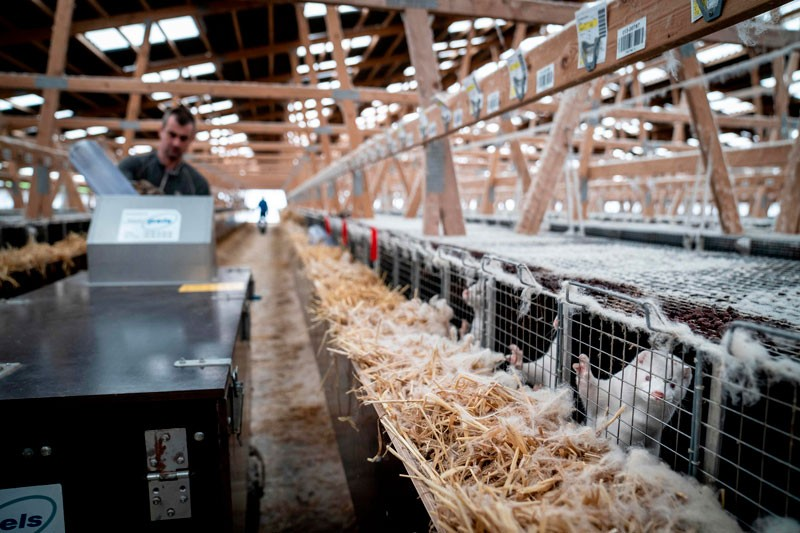

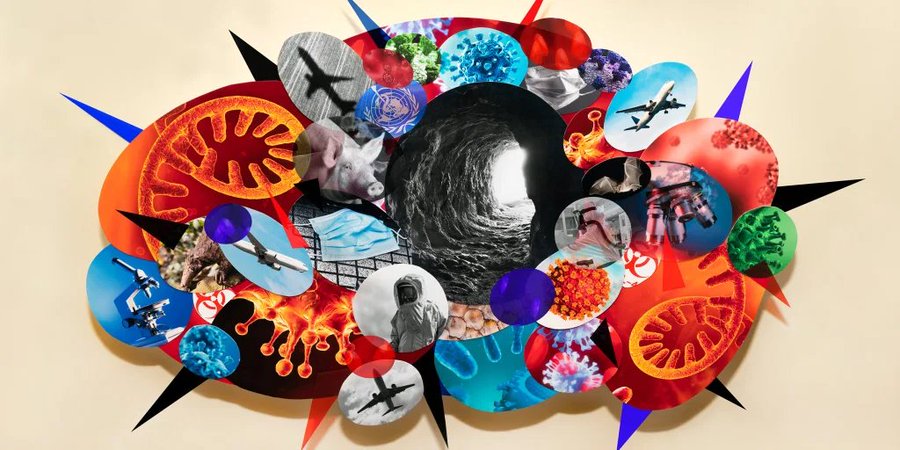















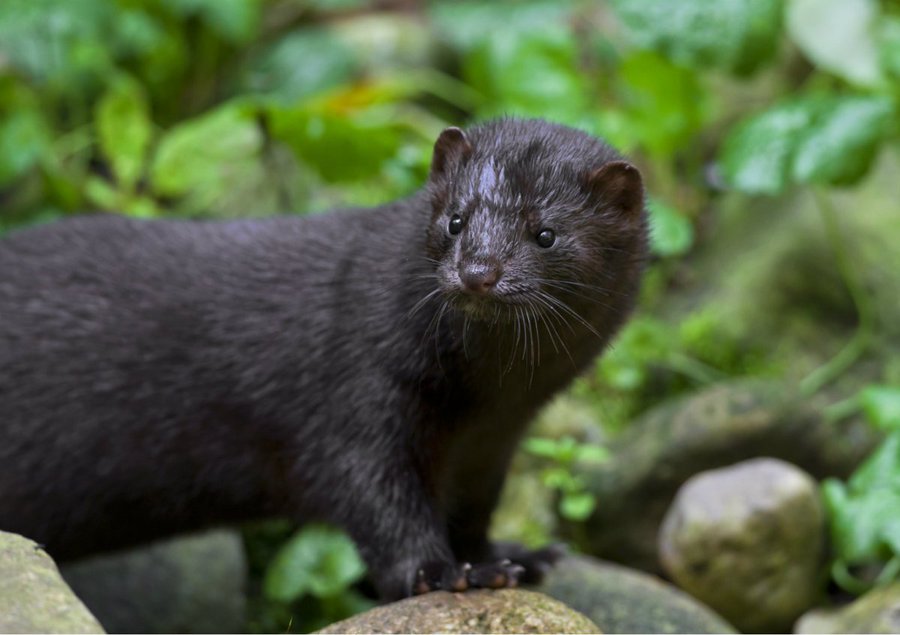


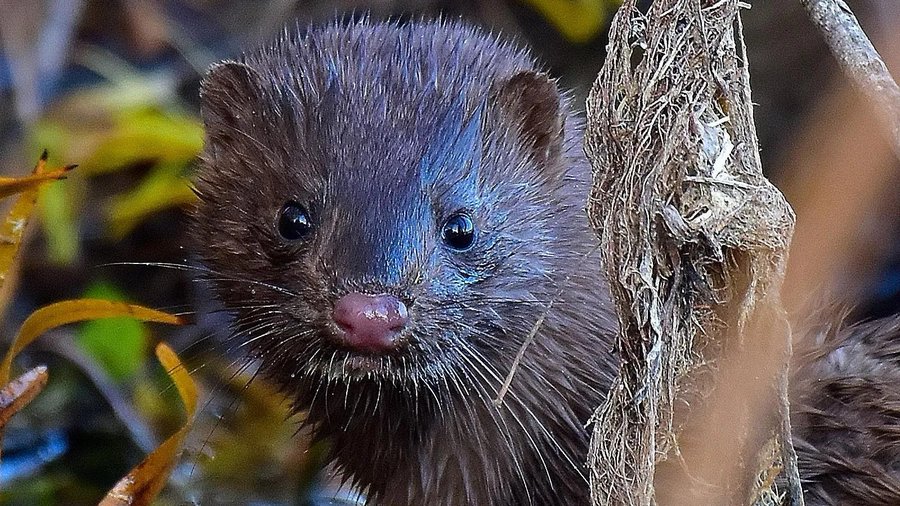


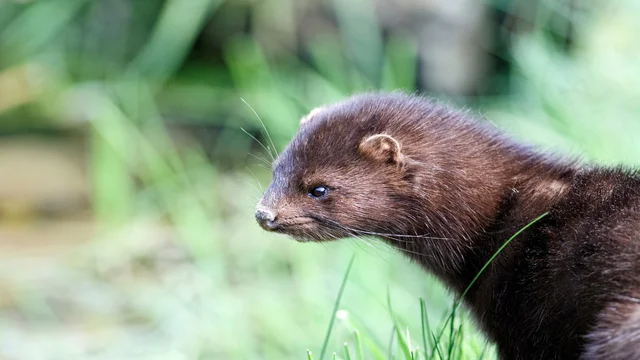

























 more illegal firearms from NYC streets, made
more illegal firearms from NYC streets, made  911 calls from the community.
911 calls from the community. 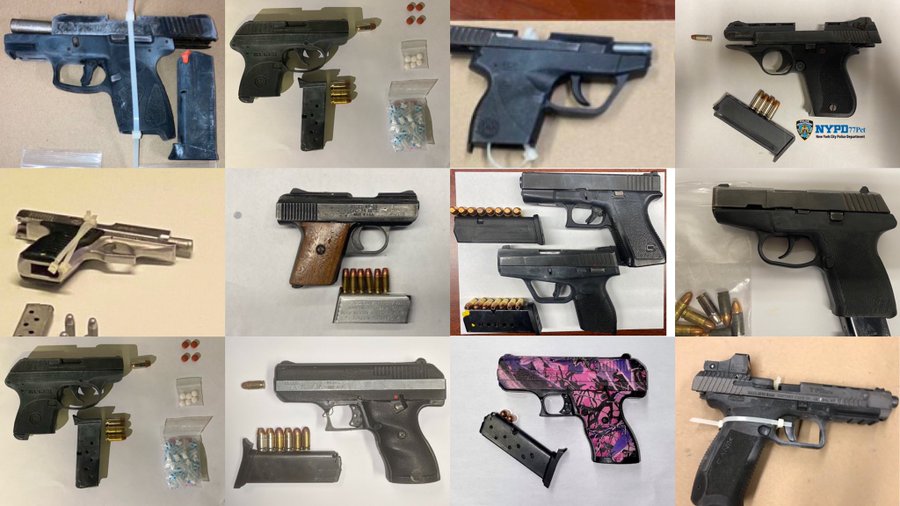





 Premiere 9:45 pm ET
Premiere 9:45 pm ET













